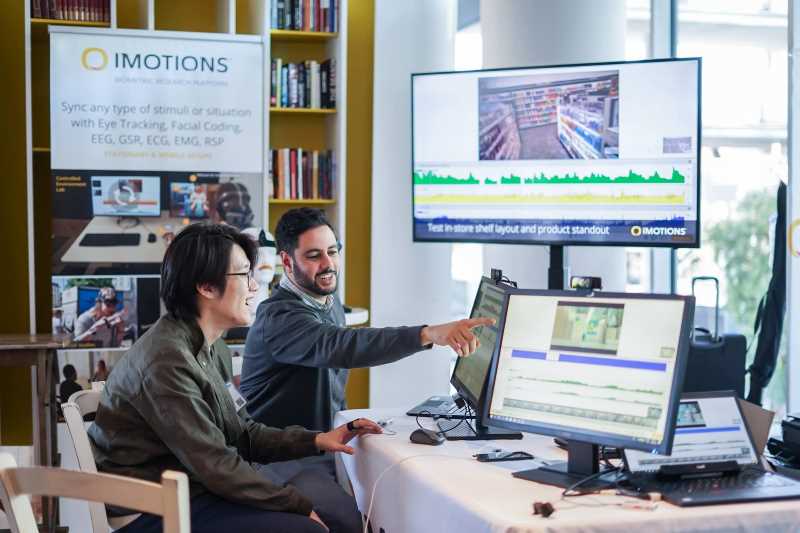Research on virtual tourism is receiving substantial scholarly attention. Existing studies on virtual tourism tend to apply self-report methods to assess user experiences, overlooking the potential of physiological measurement techniques. Empirical work in conceptually related areas, contends physiological methods have a demonstrated capacity to unearth unconscious mental processes, which can help mitigate potential cognitive biases and yield objective data. This short commentary draws on an exemplar of research conducted with 20 participants in a virtual nature-based tourism environment to critically assess the efficacy of emergent physiological techniques for assessing user engagement in virtual tourism environments. Outcomes demonstrate that eye-tracking was an effective technique for analysing attention in virtual tourism environments, revealing participants paid more attention to human activities in nature than pure natural elements. While Galvanic Skin Response was less effective in assessing emotional responses, the technique still offers potential for future scholars. This research contributes three key caveats and a three-step roadmap to apply the caveats for future studies to consider when applying physiological methods in virtual tourism research.







